Sun exposure is one of the most important factors when gardening. For your plants to thrive, they need the right amount of sunlight. But how much sun is too much or too little? How do you determine the amount of sunlight your garden receives? In this guide, we'll explore everything you need to know about sun exposure for plants and help you optimize your garden's growth.
Understanding Sun Exposure
When we say "sun exposure," we're referring to the amount of sunlight that reaches your plants. The intensity and duration of sunlight can vary depending on the time of day, season, location, and weather conditions. Sunlight is essential for photosynthesis, the process by which plants convert sunlight into energy they need to grow. However, too much or too little sunlight can harm plant growth.
How Much Sunlight Do Your Plants Need?
Different plants have different requirements when it comes to sunlight. Generally, plants can be classified into three categories based on their sun exposure needs:
- Full-Sun Plants: These plants require at least six hours of direct sunlight daily to thrive. Examples of full-sun plants include tomatoes, peppers, and squash.
- Partial Sun/Partial Shade Plants: These plants require three to six hours of sunlight per day and can tolerate some shade. Examples of partial sun plants include lettuce, spinach, and broccoli.
- Full-Shade Plants: These plants can thrive in areas that receive little direct sunlight. Examples of full-shade plants include ferns and hostas.
Choosing plants suited to the amount of sun exposure your garden receives is important.
Determining Your Garden's Sun Exposure
Before optimizing your garden's sun exposure, determine how much sunlight your garden receives. Here's how to do it:
- Observe Your Garden: Spend time in your garden throughout the day and observe how much sunlight each area receives. Note which areas are in full sun, partial sun, or full shade.
- Use a Sun Calculator: To be more precise, you can use a sun calculator to determine your garden's sun exposure. These tools help you calculate the sunlight your garden receives based on location, time of year, and surrounding structures. Simply enter your information and let the calculator do the rest.
Optimizing Your Garden's Sun Exposure
Once you've determined your garden's sun exposure, you can optimize it to ensure your plants get the right amount of sunlight.
For Full-Sun Gardens:
- Plant Full-Sun Plants: Choose plants that require at least six hours of direct sunlight daily, like tomatoes or peppers.
- Reduce Shade: Remove any obstacles blocking the sun from reaching your plants.
- Add Heat-Loving Plants: If you live in a cooler climate, add heat-loving plants like marigolds or zinnias to your garden to help absorb more of the sun's heat.
For Partial-Sun/Partial-Shade Gardens:
- Plant Partial-Sun Plants: Choose plants that require three to six hours of sunlight daily, like lettuce or broccoli.
- Create Some Shade: To provide partial shade for your plants, consider adding shade structures like umbrellas or trellises to your garden.
-
Rotate Your Plants: Rotate your plants to different areas of your garden depending on the sunlight required.
For Full-Shade Gardens:
- Plant Full-Shade Plants: Choose plants that can thrive in areas with little direct sunlight, like ferns or hostas.
- Create Shade: Add shade structures like trellises or umbrellas to create even more shade in your garden.
- Place Your Plants Strategically: To help them absorb more sunlight, consider placing your plants near reflective surfaces like white walls or fences.
Final Thoughts
Understanding sun exposure is crucial for any gardener. By determining your garden's sun exposure and optimizing it accordingly, you can ensure that your plants get the right amount of sunlight they need to thrive. So get outside, observe your garden, and take the necessary steps to optimize your sun exposure. And for all your gardening needs, be sure to check out Pocket Hose garden hoses that are perfect for efficient and thorough watering of your plants. Happy gardening!
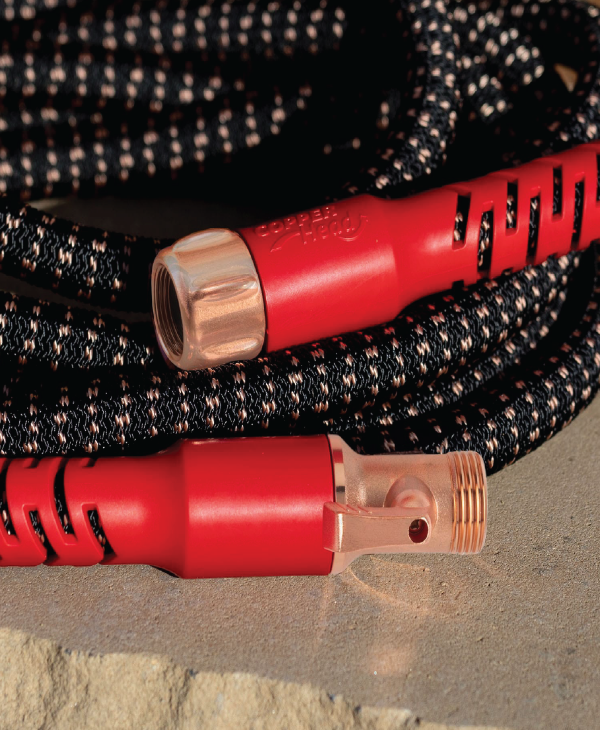
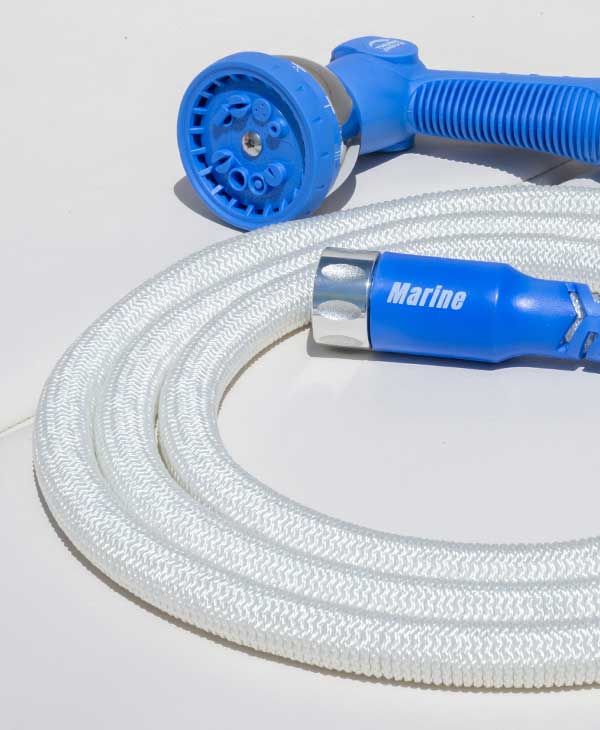
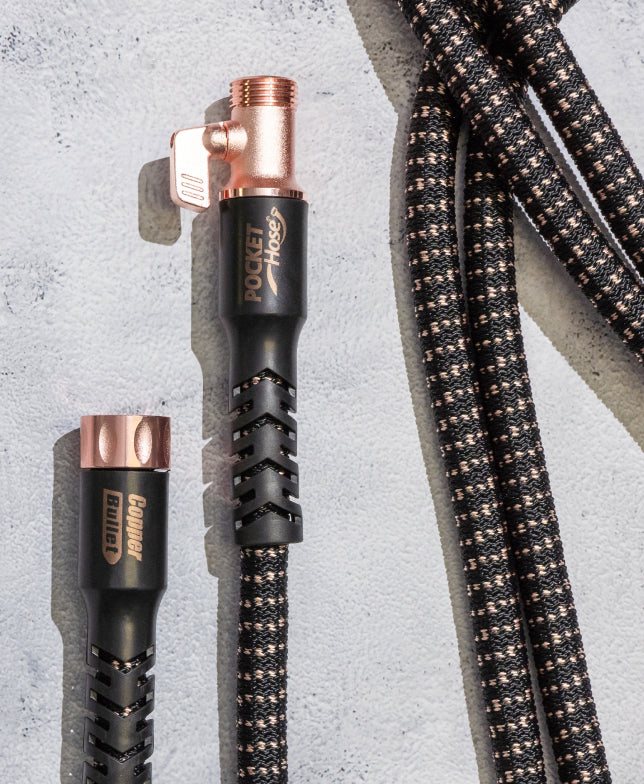
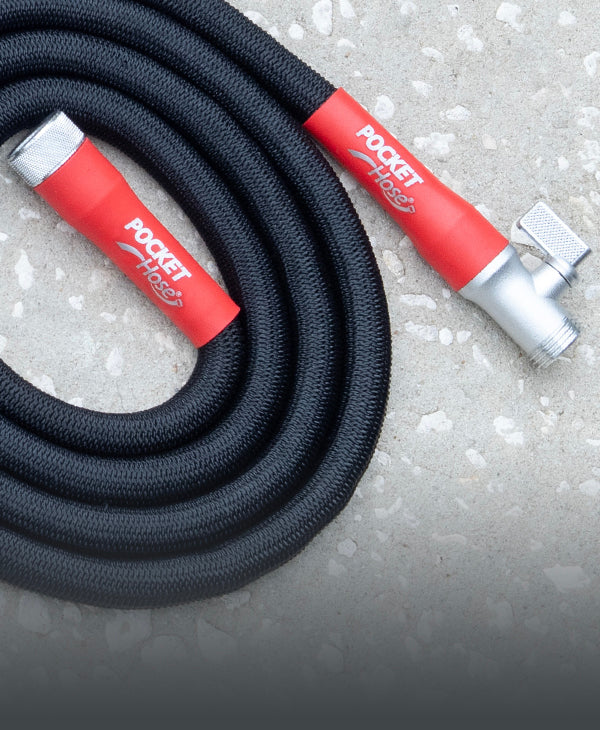
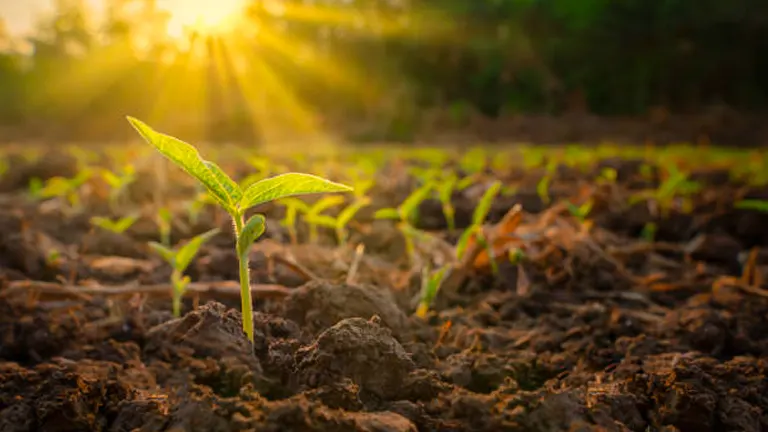

Leave a comment
This site is protected by hCaptcha and the hCaptcha Privacy Policy and Terms of Service apply.